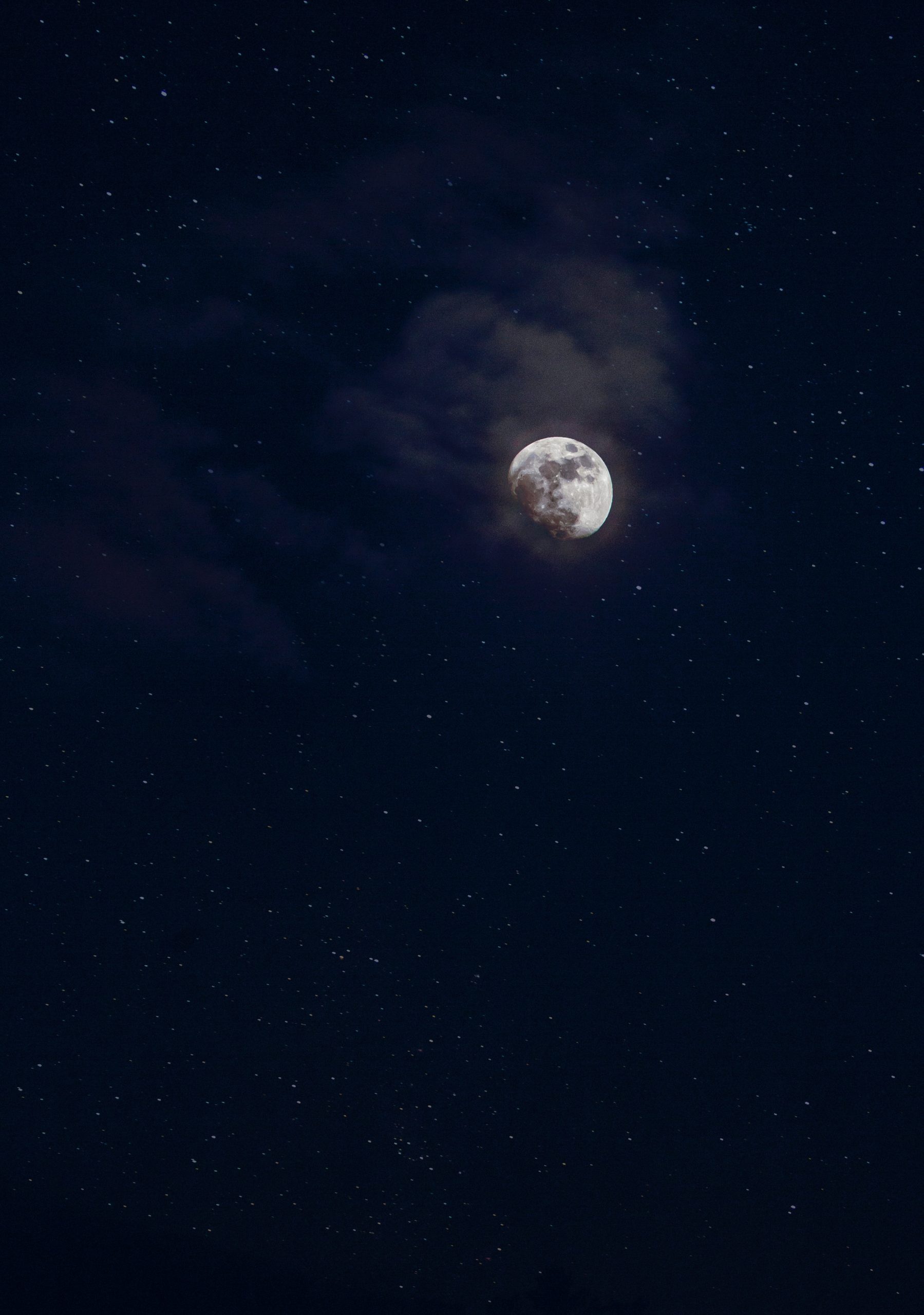The Effects of the Lunar Cycle on Earth and its Inhabitants
The Moon has fascinated mankind for centuries. Its mesmerizing presence in the night sky has sparked countless stories, songs, and poems. But beyond its beauty, the Moon also plays a vital role in the functioning of our planet. One of the most intriguing aspects of the Moon is its lunar cycle, which has been the subject of much interest and speculation. In this blog post, we will explore the different phases of the lunar cycle and how they affect various natural phenomena on Earth and its inhabitants.
Understanding the Lunar Cycle
The lunar cycle refers to the continuous, cyclical changes in the Moon’s appearance as seen from Earth. It takes approximately 29.5 days for the Moon to complete one full cycle, which consists of eight distinct phases:
- New Moon
- Waxing Crescent
- First Quarter
- Waxing Gibbous
- Full Moon
- Waning Gibbous
- Last Quarter
- Waning Crescent
These phases result from the positioning of the Sun, the Moon, and the Earth in relation to each other. During a specific phase, we observe a varying portion of the Moon’s illuminated surface.
Tides: The Ebb and Flow of the Moon
One of the most notable effects of the lunar cycle is its impact on tides. Tides are the rising and falling of sea levels caused by the gravitational attraction between the Earth and the Moon. The Moon’s gravitational pull creates two tidal bulges—one on the side nearest to it and the other on the opposite side—while the Earth rotates beneath them.
During the New Moon and Full Moon phases, when the Sun, Moon, and Earth align, we experience the highest tides known as spring tides. These high tides are more pronounced, resulting in stronger and larger waves. Conversely, during the First Quarter and Last Quarter phases, when the gravitational pull of the Moon and the Sun counteract each other, we experience lower tides called neap tides.
The tidal cycle has significant implications for marine life, coastal communities, and navigation. Organisms in intertidal zones rely on tidal fluctuations to reproduce, feed, and survive. Moreover, coastal communities must consider tidal patterns when planning construction near the water, mitigating erosion, and predicting potential flooding. Similarly, sailors and navigators use tidal charts to optimize their travel routes.
Planting and Farming: Influence on Agricultural Practices
The lunar cycle has long been associated with agricultural practices. Some farmers and gardeners believe that planting according to the Moon’s phase can enhance crop growth and yield. This concept, known as lunar gardening or lunar planting, claims that specific phases of the Moon impact the moisture content in the soil and the rate of germination.
Advocates of lunar gardening follow guidelines such as planting above-ground crops during the waxing moon, when the Moon is growing in light, and planting root crops during the waning moon, when the Moon is decreasing in light. These beliefs are supported by traditional ecological knowledge passed down through generations, though scientific evidence for these practices remains limited.
While the influence of the lunar cycle on agriculture is a topic of ongoing research and debate, it is clear that the Moon’s gravitational pull affects the movement of water in plants, including sap flow and leaf movements.
Sleep and Emotional Well-being: Lunar Cycles and Human Behavior
Another fascinating area of study is the potential influence of lunar cycles on human behavior. Many ancient cultures attributed changes in mood, behavior, and sleep patterns to the lunar cycle. While it is challenging to establish a direct causal link, some studies have reported correlations between lunar phases and specific behaviors.
A study published in the journal Current Biology suggested that people tend to have shorter, more restless sleeps during the Full Moon phase. The researchers found that participants took five minutes longer to fall asleep, experienced a 30% decrease in deep sleep, and slept for 20 minutes less overall during this lunar phase. However, further research is needed to understand the mechanisms behind these observations.
Additionally, anecdotal evidence and some studies associate the Full Moon with increased emergency room visits, psychiatric admissions, and crime rates. These correlations, if valid, may be attributed to cultural and psychological factors rather than any direct physiological impact of the lunar cycle on human behavior.
Conclusion
The lunar cycle is not just an awe-inspiring spectacle but also a celestial phenomenon that influences various aspects of life on Earth. From shaping the ebb and flow of tides to potentially affecting agricultural practices and human behavior, the Moon’s phases have captivated human imagination for centuries.
While scientific research on the lunar cycle effects is ongoing, it is crucial to approach these observations with an open mind, addressing any potential biases and taking into account cultural, psychological, and individual differences. As we continue to unlock the mysteries of the Moon, let us appreciate its beauty and the wonder it instills in us.
Table of Contents
